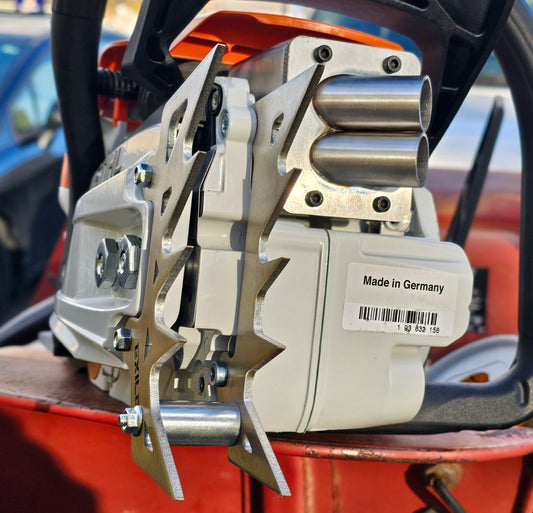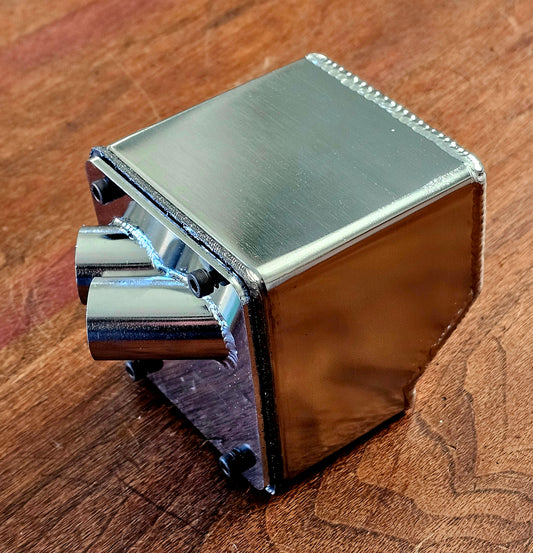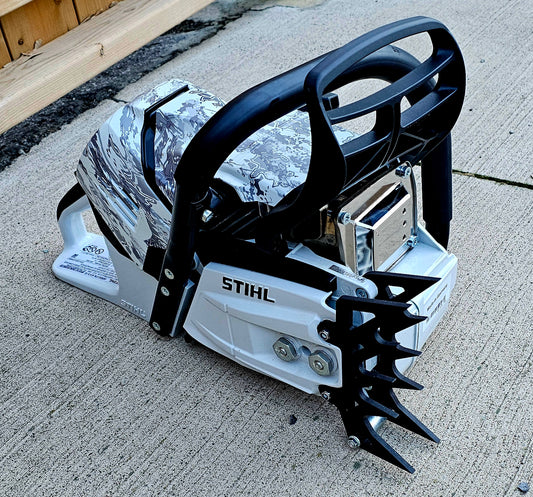In the world of automotive performance, the term “dyno test” is often thrown around, but many people remain unsure about what it entails and how it is conducted. In this article, we will demystify the concept of a dyno test and explore its significance in the realm of vehicle tuning and optimization.
Dyno test refers to a procedure where a vehicle's engine or drivetrain is evaluated under controlled conditions using a dynamometer, commonly known as a dyno. The purpose of this test is to measure and assess various performance parameters such as horsepower, torque, air-fuel ratios, and exhaust emissions. By subjecting the vehicle to controlled load and speed conditions, dyno testing provides valuable insights into its power delivery, efficiency, and overall performance characteristics.
This process plays a crucial role in the world of automotive engineering and performance tuning. It helps diagnose engine issues, evaluate modifications, optimize power and torque output, and ensure compliance with emission standards. Additionally, it provides a safe and controlled environment for performance tuning, allowing mechanics and tuners to fine-tune engine parameters and achieve optimal performance gains.
What is a Dyno?
A dyno, short for dynamometer, is a specialized device used to measure force, power, or torque. It allows technicians to simulate real-world driving conditions within a controlled environment. There are various types of dynos, including engine dynos and chassis dynos. An engine dyno measures the power output of an engine alone, while a chassis dyno evaluates the overall performance of the entire vehicle.
How is a Dyno Test Done?

Before conducting a dyno test, certain preparations are necessary. These include ensuring the vehicle is in proper working condition, with no leaks or mechanical issues. It is also crucial to secure the vehicle properly to the dyno to ensure safety and accurate results.
Once the vehicle is ready, the dynamometer is set up according to the specific testing requirements. This involves adjusting the load, which simulates the resistance experienced during regular driving. The dyno operator configures the test parameters, such as speed range and duration, to evaluate the vehicle's performance comprehensively.
During the dyno test, the vehicle is driven on the dyno while the dynamometer measures and records data. This includes parameters such as horsepower, torque, and speed. Additional sensors may be used to monitor air-fuel ratios, exhaust emissions, and other performance indicators. The collected data is then analyzed to assess the vehicle's performance and identify areas for improvement.
Benefits of Dyno Testing

It offers several benefits for both enthusiasts and professionals in the automotive industry. Some key advantages include:
- Performance Evaluation and Improvement: A dyno test provides accurate measurements of horsepower, torque, and other performance metrics. This information helps evaluate the effectiveness of modifications and tune the vehicle for optimal performance.
- Identifying Engine Issues and Tuning Needs: Dyno testing can reveal underlying engine problems, such as inconsistent power delivery, excessive fuel consumption, or misfires. This data aids in diagnosing issues and determining the necessary tuning adjustments.
- Optimizing Power and Torque Output: By analyzing dyno test results, tuners can fine-tune various engine parameters to maximize power and torque output within safe operating limits. This ensures the engine performs optimally under different driving conditions.
Dyno Testing Process Explained
To better understand the dyno testing process, let's walk through the steps involved:
- Preparation: The vehicle is inspected for any mechanical issues and prepared for testing. This includes checking fluid levels, tire pressure, and ensuring proper functionality of the engine and drivetrain components.
- Mounting the Vehicle: The vehicle is securely mounted on the dyno using straps or clamps to ensure stability during testing. Safety precautions are taken to prevent accidents or damage.
- Dynamometer Setup: The dynamometer is configured based on the testing requirements, including the load and speed parameters. The operator ensures that all sensors and measuring devices are properly calibrated.
- Test Execution: The vehicle is driven on the dyno while the operator controls the load and speed. The dyno measures and records data, including horsepower, torque, speed, air-fuel ratios, and exhaust emissions.
- Data Analysis: The collected data is analyzed to evaluate the vehicle's performance characteristics. Tuners and mechanics study the results to identify areas for improvement, fine-tune engine parameters, and optimize performance.
Remember, if you're interested in a dyno test and tuning your vehicle for optimal performance, you might be wondering, "Where can I find dyno tuning near me?" It's essential to choose a reputable dyno tuning service that has the necessary expertise and experience such as Performance Saw Parts.








